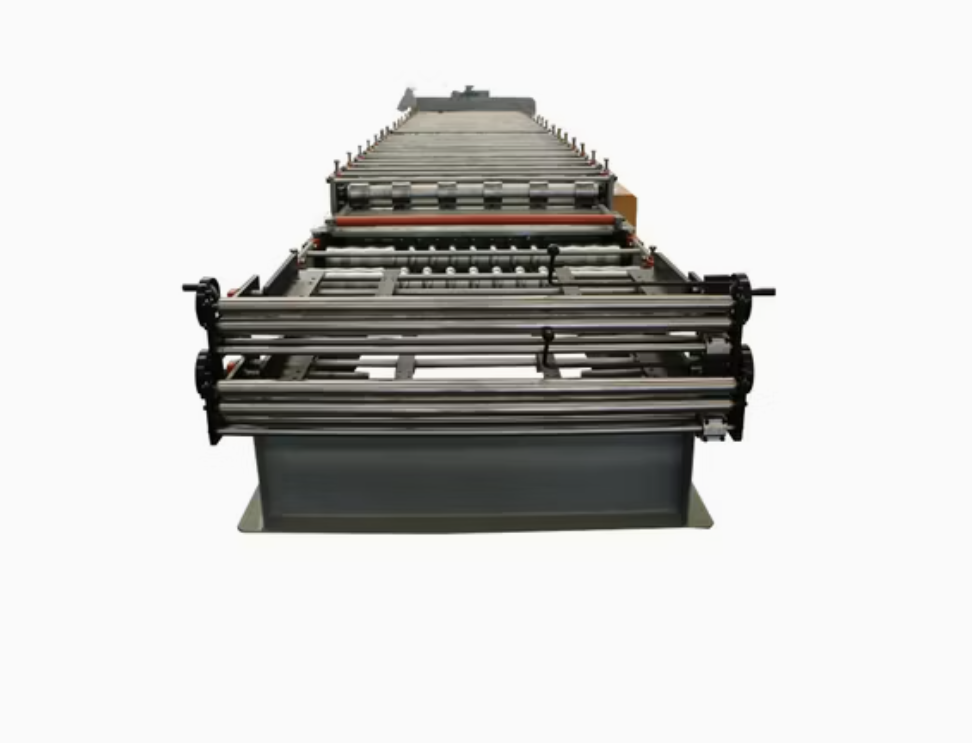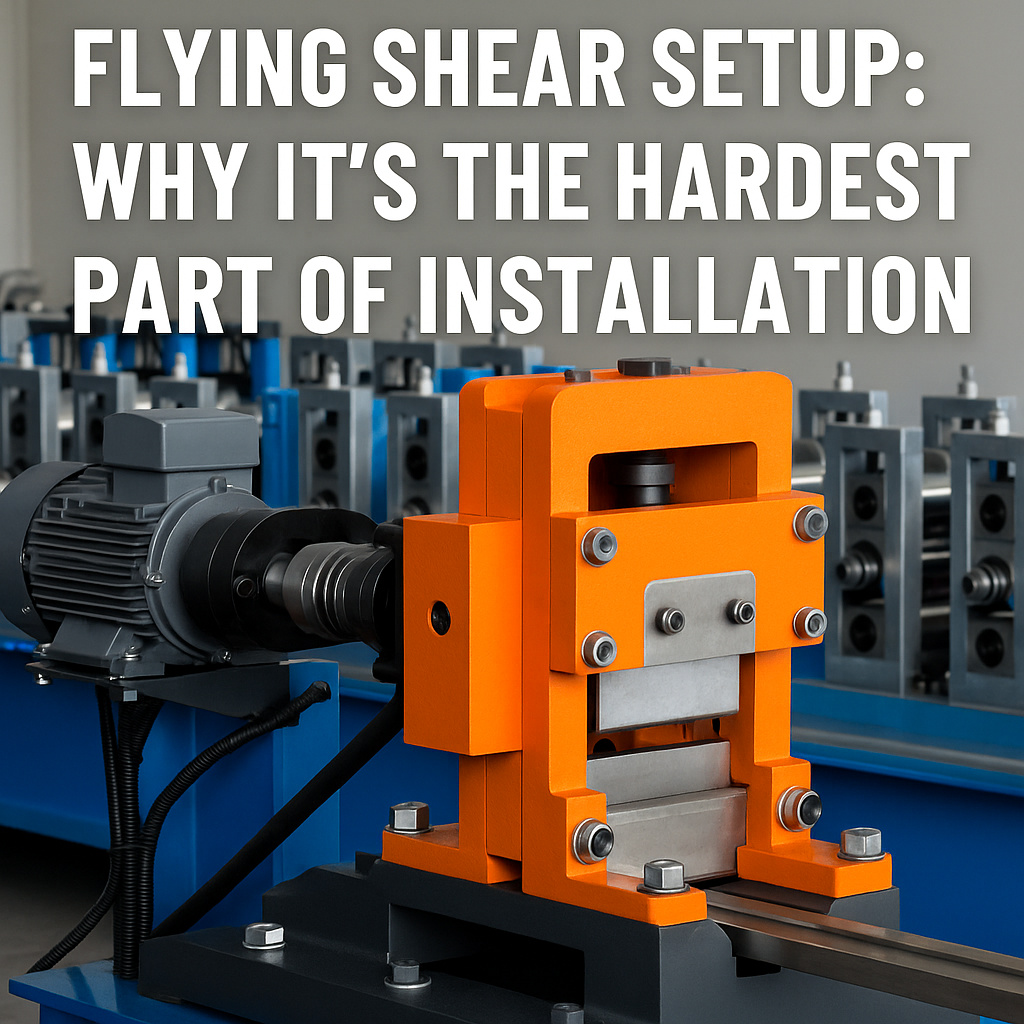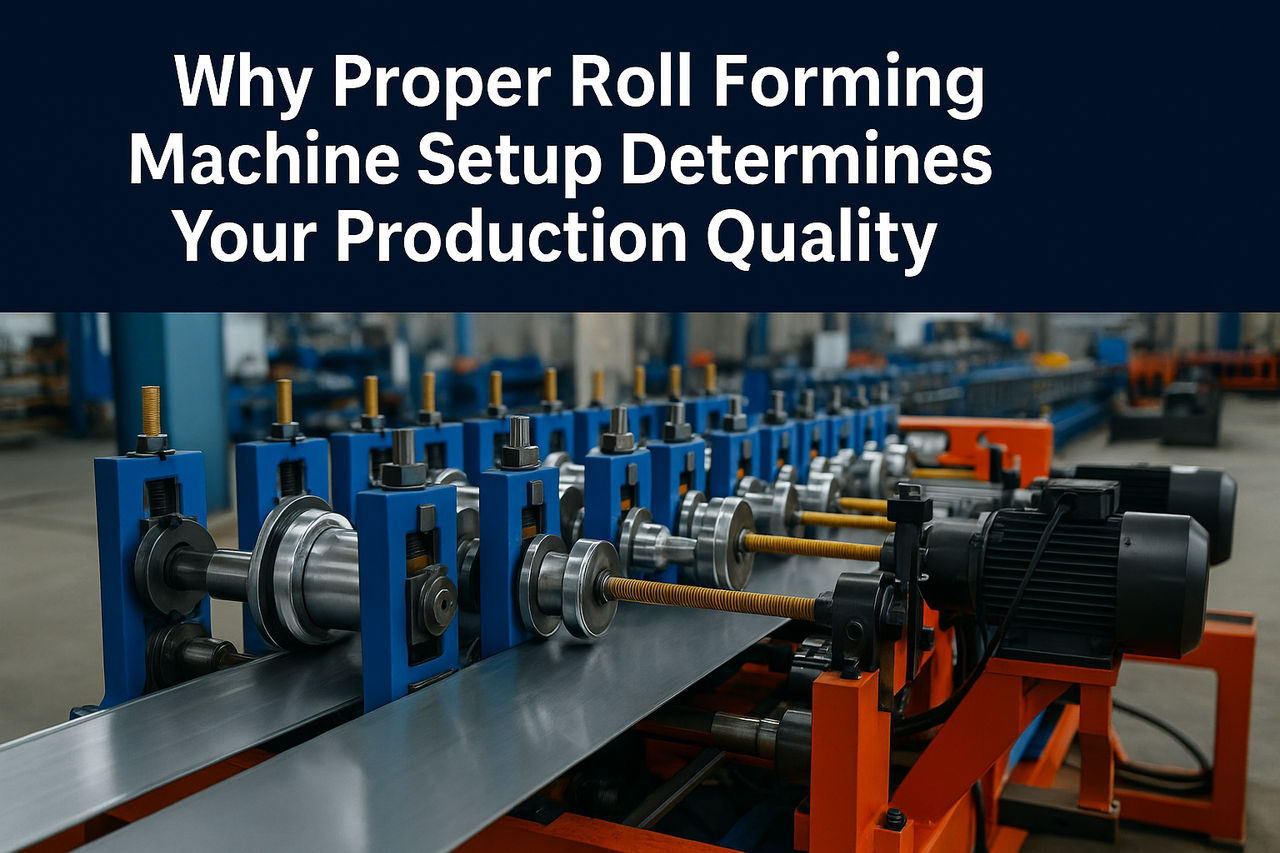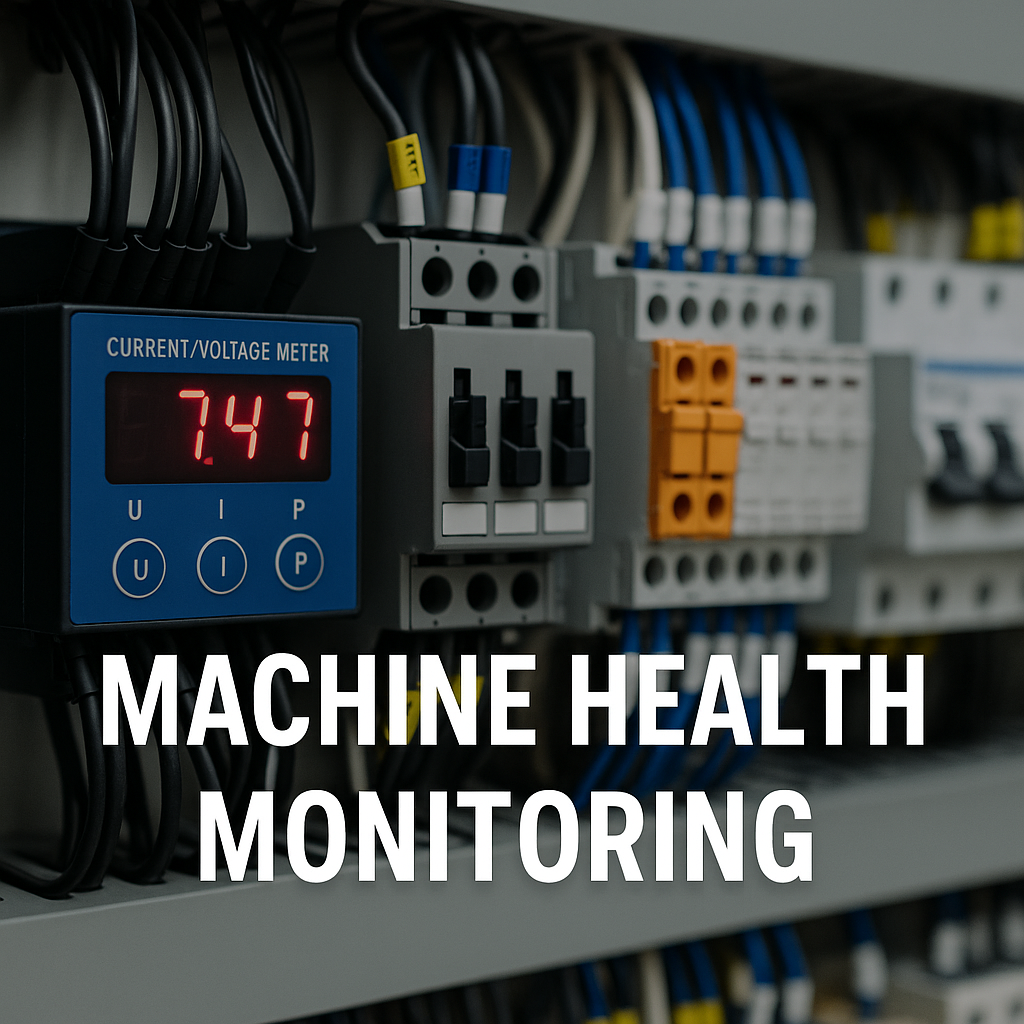
Posted on Wednesday, February 14, 2024
Bhutan, known for its rich natural beauty and growing infrastructure sector, is gradually becoming a user of advanced manufacturing equipment—including roll forming machines. These machines are crucial for shaping metal into desired profiles used in various industries such as construction, electrical, and transportation. As industrial development picks up in cities like Thimphu, Phuentsholing, and Gelephu, the demand for reliable and efficient roll forming machines is on the rise.
In this comprehensive guide, we’ll explore the most popular roll forming machines used in Bhutan, their specifications, the industries that rely on them, maintenance requirements, setup and operation procedures, typical issues and troubleshooting methods, price ranges, and much more.
Specifications:
Material: Galvanized steel, pre-painted steel, aluminum
Thickness: 0.3–0.8 mm
Speed: 10–15 meters/minute
Roller Stations: 14–20
PLC System: Siemens or Delta with touch screen
Drive: Chain or gear drive
Popular Profiles:
Corrugated sheets
Trapezoidal roofing
Tile profiles
Used In:
Residential roofing
Government construction projects
Agricultural buildings
Specifications:
Material: Galvanized steel or black steel
Thickness: 1.5–3.0 mm
Width: 100–300 mm adjustable
Changeover: Manual or automatic punching and sizing
Cutting: Hydraulic cutting with servo tracking
Used In:
Industrial warehouses
Steel structure buildings
Commercial construction
Specifications:
Material: Cold-rolled steel
Thickness: 0.8–1.5 mm
Speed: 15–20 meters/minute
Rollers: 16–24 stations
Control: PLC with encoder feedback
Used In:
Steel doors
Security entry systems
School and hospital infrastructure
Specifications:
Material: Galvanized steel
Thickness: 2.0–3.5 mm
Profile: W-beam and Thrie-beam
Forming Speed: 10–15 meters/minute
Punching: Hydraulic with die set
Used In:
Highway and road safety projects
Border fencing
Thimphu: Government projects, residential construction, commercial buildings
Phuentsholing: Industrial and warehousing expansion, due to proximity to India
Gelephu: Infrastructure development, logistics facilities
Samdrup Jongkhar: Border fencing, security and transportation projects
Regular maintenance ensures long-term durability and accurate profile production. Here's what needs to be done:
Daily: Clean the rollers and dies after use
Weekly: Lubricate bearings, chains, and gears
Monthly: Inspect hydraulic systems and replace worn seals
Annually: Recalibrate roller alignment, check electrical and PLC systems
Residential and commercial roofing
Steel framing for industrial buildings
Transportation infrastructure
Security installations
Storage and warehousing structures
Common Problems:
Misalignment of profile: Recheck roller adjustment
Oil leaks in the hydraulic system: Replace seals or connectors
Inaccurate length cutting: Calibrate encoder or check PLC
Electrical faults: Inspect power supply and control panel
Not ideal for low-volume production
Limited to constant cross-section profiles
Requires skilled setup for changeover profiles
Initial investment cost can be high
High speed and efficiency for large-volume production
Consistent and precise profile shaping
Customizable profile options
Lower waste and long-term cost effectiveness
Minimal material deformation compared to press brake methods
Roofing roll forming machine: USD $18,000–$45,000
C/Z purlin machine: USD $30,000–$80,000
Door frame machine: USD $20,000–$55,000
Guardrail machine: USD $50,000–$120,000
Pricing depends on automation level, brand, and included features such as automatic stackers or coil handling systems.
While Bhutan doesn’t have a large local manufacturing base for roll forming machines, most machines are imported from:
China
India
Turkey
Germany (high-end solutions)
Machines are typically distributed by trading companies in Phuentsholing or via regional procurement agencies.
Installation:
Place the machine on a leveled concrete foundation
Connect to a 3-phase power supply (typically 380V or 415V in Bhutan)
Grounding is mandatory for safety
Commissioning:
Test hydraulic and electrical systems
Calibrate rollers for the specific profile
Run initial coil test to ensure dimensional accuracy
Operation:
Feed coil through decoiler
Adjust entry guide
Select profile program via PLC screen
Start roll forming and monitor length and cuts
Always operate with safety enclosures in place
Train operators in profile changeovers
Keep all moving parts clean and lubricated
Use genuine parts for replacements
ISO 9001 for quality management
CE certification (for European imports)
BIS (for Indian imports)
Machine frame: Welded H-beam structure for stability
Hardened chrome-coated rollers (HRC 58–60)
PLC brands like Siemens, Delta, or Mitsubishi are preferred
At Machine Matcher, we understand that buying a roll forming machine is a major investment. That’s why we take a customized approach to help you choose the right machine based on your profile requirements, available space, and budget.
We offer:
Pre-inspection of new and used machines
Profile matching services
Power and coil compatibility checks for Bhutan’s supply conditions
Transparent pricing and shipping advice
Commissioning support with setup and training
Easy communication in English and Dzongkha through regional agents
Machine Matcher ensures your buying process is smooth, from first contact to final delivery:
We verify every machine with video and factory inspection reports
Our engineers compare machine specs with your profile drawing
We help you avoid importing the wrong machine by providing expert advice on power, material thickness, and compatibility
We support customs, shipping, and insurance planning
Our network of trusted suppliers and logistics partners guarantees you get the best deal—without compromise on quality
Speak to one of our roll forming machine experts today:
UK: +44 20 335 56554
USA: +1 407 559 7948
Europe: +32 460 24 13 95
WhatsApp: +44 20 335 56554
Email: [email protected]
Q: Can I use one roll forming machine for multiple profiles?
A: Some machines, like C/Z purlin machines, allow for adjustable profiles. Others require dedicated tooling.
Q: Is local support available in Bhutan?
A: Support is typically provided remotely, but Machine Matcher can connect you with regional technicians for assistance.
Q: What power supply is needed?
A: Most machines require 3-phase, 380–415V. Confirm this with your facility before purchase.
Q: Can I import used machines into Bhutan?
A: Yes, but inspection is critical. Machine Matcher offers pre-inspection reports for used equipment.
Q: Do machines come with training?
A: Yes. We ensure your team receives virtual or on-site training as needed.

Flying Shear Setup: Why It’s the Hardest Part of Roll Forming Machine Installation
Posted on Monday, November 24, 2025
If you want a header image, meta description, or series continuation, just tell me.

Why Proper Roll Forming Machine Setup Determines Your Production Quality
Posted on Monday, November 24, 2025
The #1 factor that decides accuracy, scrap rate, speed, and consistency.

Compliance & Safety Services for Roll Forming Machines — Full Guide
Posted on Sunday, November 23, 2025
How Machine Matcher keeps your machines safe, legal, and fully compliant with CE, UL, and UKCA standards.

Machine Health Monitoring for Roll Forming Machines — Complete Diagnostic Service Guide
Posted on Sunday, November 23, 2025
Continuous diagnostics that prevent breakdowns, reduce downtime, and extend machine life.
Copyright 2025 © Machine Matcher.